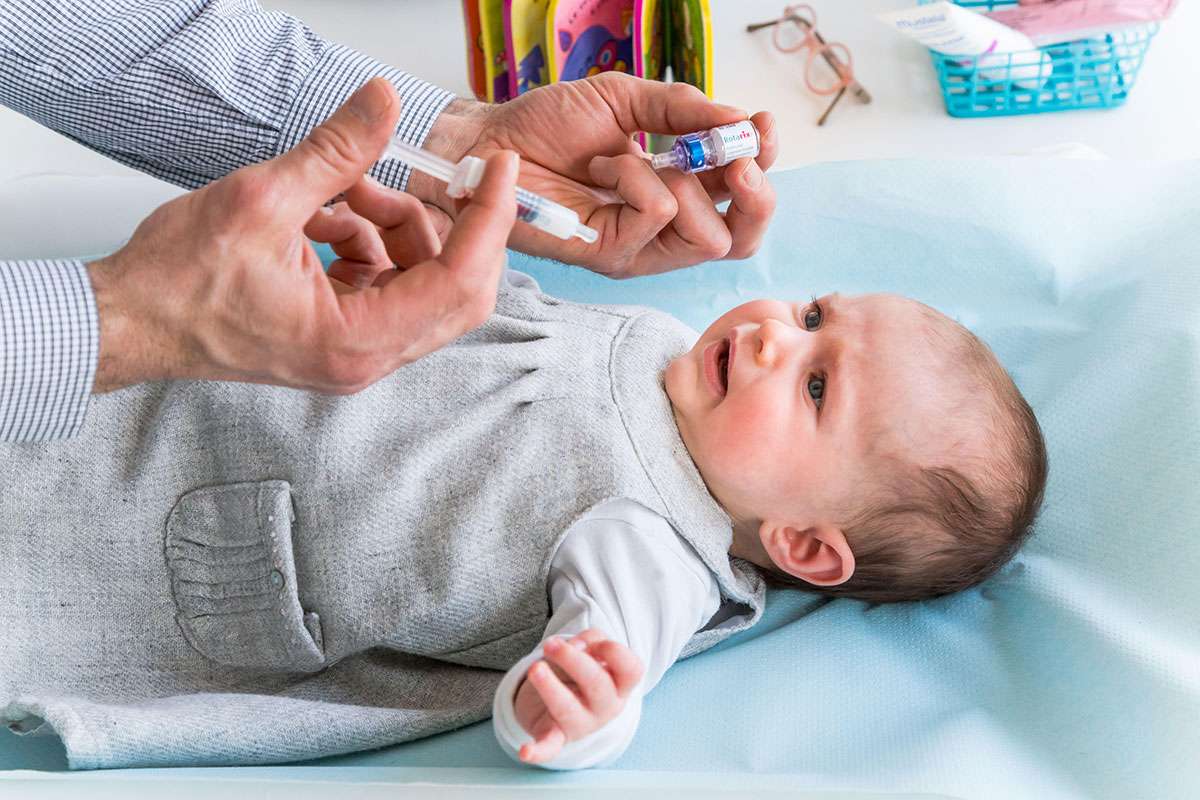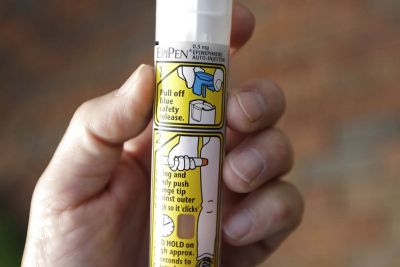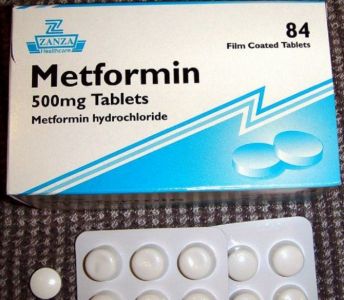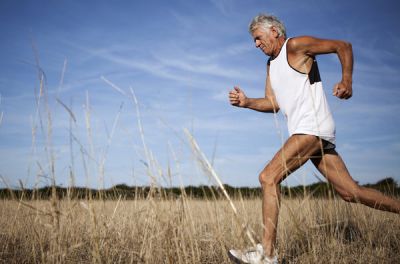The pharmaceutical market is not "free" -- drug makers use patents, a state creation, to keep out competition. Here's a lovely example of why capitalism should never intersect with health care.
Doctors and patients say the Mylan pharmaceutical company has jacked up the prices for an EpiPen — the portable device that can stop a potentially life-threatening allergic reaction — from around $100 in 2008 to $500 and up today.
...
Following a recall by Mylan's chief competitor last year, the company now enjoys a near monopoly.
...
For the past 10 years, she has watched the price she paid for her refills rise higher and higher with no discernible improvement to the device or medicine.
In 2008, Bush said the price was $145.99. In 2010, it was $220.99, then jumped to $649.99. This year her pre-insurance costs were $1,118.08.
...
In a statement, Mylan said that the prices have "changed over time to better reflect important product features and the value the product provides," and that "we've made a significant investment to support the device over the past years."
...
"When epinephrine only costs a few cents, but they're going up to $500, personally I don't think that's ethically responsible," said Dr. McMahon.
And he understands better than most what costs are involved: For the past few years he's been developing his own, smaller version of the EpiPen, and trying to get it approved by the FDA and bring it to market. He estimates that process costs about $1.5 million. In 2015, Mylan's profits from the sale of EpiPens rose to $1.2 billion.
McMahon says his device will retail for about $50.
Vermont Sen. Bernie Sanders, the former presidential contender and a member of the Senate Committee on Health, Education, Labor and Pensions, told NBC News in a statement:
"The drug industry's greed knows no bounds. There's no reason an EpiPen, which costs Mylan just a few dollars to make, should cost families more than $600. The only explanation for Mylan raising the price by six times since 2009 is that the company values profits more than the lives of millions of Americans."








